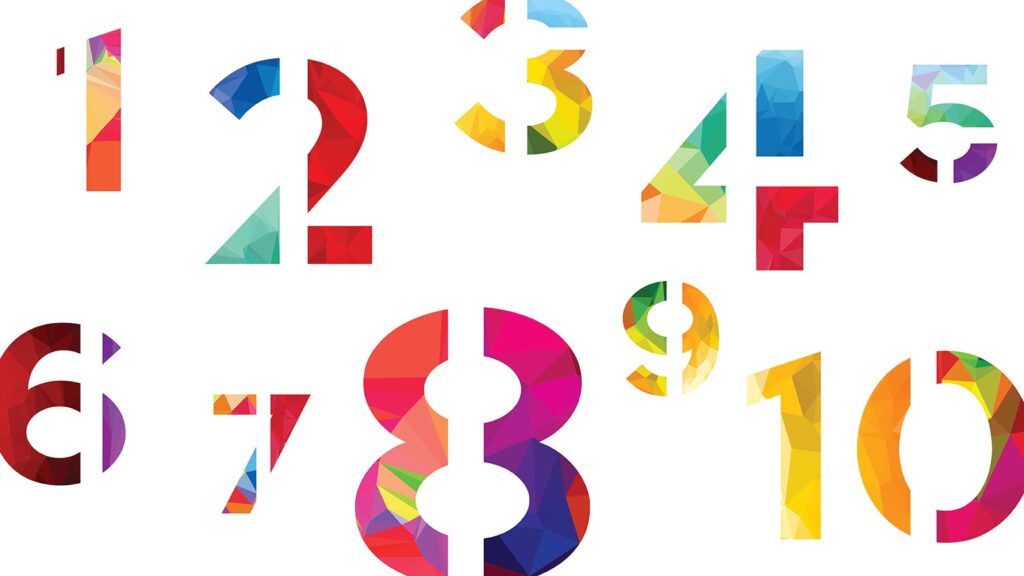
Justine De Jesus | July 18, 2022
When you think of the word influencer, the influencer trope immediately comes to mind: a 20-something telling you to buy a certain type of lip gloss because it’s amazing or the 30-something living that #vanlife with their spouse, three kids, and two dogs, waking up to panoramic views of a wild beach somewhere in the Pacific Northwest.
Social media usage increased drastically during the past two years as the world coped with pandemic limitations. While events were cancelled and brick-and-mortar stores closed, creators and influencers retained (and grew!) their follower bases with diverse, relatable, and genuine content. In 2020, influencer marketing was a $9.7 billion dollar market, which increased to $13.8 billion in 2021. This year, it is projected to expand to a $16.4 billion industry!
While society pokes fun at influencers and content creators – and many people don’t think it’s a “real career” – working with influencers is an effective marketing strategy. And one of the most powerful tools to have in your arsenal.
Why use influencers?
Connection. Influencers already are connecting with your target audience. With so many social platforms, streaming services, and apps, it can be difficult to figure out where your target audience spends most of their time. Additionally, posting ads on the wrong platform at the wrong time could be a waste of valuable resources. Influencers already attract followers with shared interests and working with influencers can tap into those followers who may not know your brand or product.
Credibility. Influencers are your digital best friend. Social media users prefer following influencers that are relatable and who look and act “just like us” rather than an unattainable celebrity or macro influencer.
People would much rather hear how cool a new product is from their best friend than through brand advertising. Consumers don’t like to be bombarded by ads. People pay more to NOT get ads on their streaming services. They impatiently wait for the miniscule “x” to appear so they can click out of the ad right away while they are scrolling.
Working with influencers allows you to sell in a more subtle and authentic way. Consumers know when an influencer is being transparent with their audience about what they are marketing. Nearly 20% of consumers are ready to stop following an influencer if they are not upfront about their advertising or sponsorships.
According to 60% of marketers, influencer- generated posts, like lifestyle images and stories filmed from a phone, consistently outperformed over produced videos and staged photos from the brand’s own creative team. With streaming services and apps, television has less of an impact on Gen Z than it had on previous generations. This generation grew up with the Internet, so it’s not surprising that 6 out of 10 YouTube subscribers would follow advice on what to buy from their favorite YouTuber over their favorite TV or movie personality. Gen Z and younger millennials were raised by social media and YouTube, and they are more invested influencers, vloggers, and Instagrammers rather than celebrities. While older millennials would much rather hang out with their favorite celebrity, Gen Z prefers spending time with Internet celebrities and influencers because they are “more fun and approachable.”
Cost effective. It’s true that influencers are becoming more expensive, and cost depends on whether you are working with Nano vs. Micro. vs. Macro vs. Mega influencers. Influencers are more effective at achieving a desired behavior or invoking an emotional response with their target audience and follower base, however. That means, when compared to more traditional methods of advertising, like paid ad placements in commercials, billboards, or celebrity endorsements, influencer marketing can be more cost effective.
Moreover, if you are working with small or medium businesses, they can get the most value working with influencers for a greater return on investment. Companies are stating they are generating $5.78 in profit on every $1 invested in influencer marketing!
How to work with influencers?
Do your research. This is the most important and most time-consuming step.
Influencer marketing requires a high level of trust between a brand, the agency, and a third party. Your reputation and the brand’s reputation will be in someone else’s hands. When picking an influencer, make sure to use platforms, such as Klear, to vet your influencer, ensure they obtained their followers organically, and that their engagement is authentic. When working with influencers, take into consideration their location. If an influencer is based in Ohio with most of their audience in New York, they would not be a proper fit for a local event.
Look at the industries favored by an influencer’s audience to ensure that it makes sense to hire them for your brand. Would you trust a fashion influencer if they suddenly started talking about financial services when they have never brought up finances before?
Once you select an influencer, spend some time scrolling through his or her social profiles. Ensure the influencer’s engagement is genuine. Moreover, make sure his or her content and audience is in line with the brand’s mission.
Bigger is not always better. It’s important to note more followers will not always mean better results. Large audiences from Macro (100k+ followers) and Celebrity influencers are superficially appealing, but the engagement rate falls short. For example, a micro influencer with less than 5,000 followers has a 5.7% engagement rate while a celebrity with 322 million followers has .074% engagement average.
More and more brands are working with micro influencers because they help minimize advertising costs but still widen their reach. While their follower count is not as high as a celebrity or a mega influencer, they can generate more impact since their engagement rate is so high. Micro and Nano influencers are significantly more affordable. There’s not a magic calculator, but on average, micro and nano influencers charge hundreds per static post compared to thousands per static post from mega and macro influencers.
Consider the platform. It would be easy to just hire a one-influencer-for-all-platforms. Each social media platform has a different audience and different performance. Don’t be surprised if you are using a few influencers for Facebook, a different influencer for Instagram, and another one for TikTok. There are also LinkedIn content creators!
Know their worth. Gone are the days of brands asking for an elaborate number of deliverables in exchange for free product. Influencers spend a lot of time building trust with their audience, creating quality content, and know what produces the highest engagement. Influencers charge more because of pay transparency and high demand. “Know your worth, queen!” and “Exposure doesn’t pay light bills!” and “This is your sign to charge more,” are just some statements you could see while scrolling a creator’s page. Content creators are talking to each other, advocating, and getting educated on what they should charge for services.
When you begin your outreach, make sure each email is personalized. If it seems like a mass email, your request will most likely be ignored. Mention something about them, their content specifically, or share why your product or brand would be a fit for them and their followers. It shows you are paying attention to what they create and helps build rapport. You can either ask for a media kit and rate card and disclose that the partnership would be a paid collaboration.
Communicate. So, you’ve vetted, done some outreach, and are about to begin an influencer campaign. Make sure you have a solid influencer agreement or contract in place. Make sure to communicate deliverable expectations and deadlines, exclusivity, whitelisting, photo licensing and so forth. There will likely be instances where the agreement is specific to each influencer and campaign budget.
One-off collaborations are ideal if you want new, fresh, influencers to increase a brand’s reach. Working with a different influencer every time will give you a chance to work with a new, loyal, and engaged audience. One-off collaborations are less time consuming, so this allows you to saturate the market and increase exposure and work through a high number of collaborations in a short period of time. By collaborating with influencers that have similar audiences, you can get the same message to the same people through different sources.
Long-term collaborations are mutually beneficial for both brands and influencers. Brands can build long-lasting relationships with their influencer partners and influencers are able to maintain credibility with their audience because they are promoting the same brand over a long period of time.
Give them creative reign. This isn’t a $16 billion market for no reason. Trust in what they do, be clear in your expectations, and don’t be afraid to provide feedback.
There is an influencer on every social platform. There is an influencer in every category: skinfluencers (skincare i), finfluencers (financial), carfluencers (car) and yes… even fishfluencers (fishing). The possibilities of working with influencers are endless.
The data is all there. Influencers amplify reach and drive revenue. They are becoming more expensive and initial outreach is very time consuming, but the return on investment is significant.
Does that mean we should stop advertising and allocate all our funds to influencer marketing? Absolutely not. Working with influencers is just one of the many tools that can be used to further reach and make the client happy. Projections show the trajectory that influencers have on the market isn’t going to plateau anytime soon.
If you are interested in learning more about how or why to work with influencers, reach out to us and let Falls & Co. guide you.


